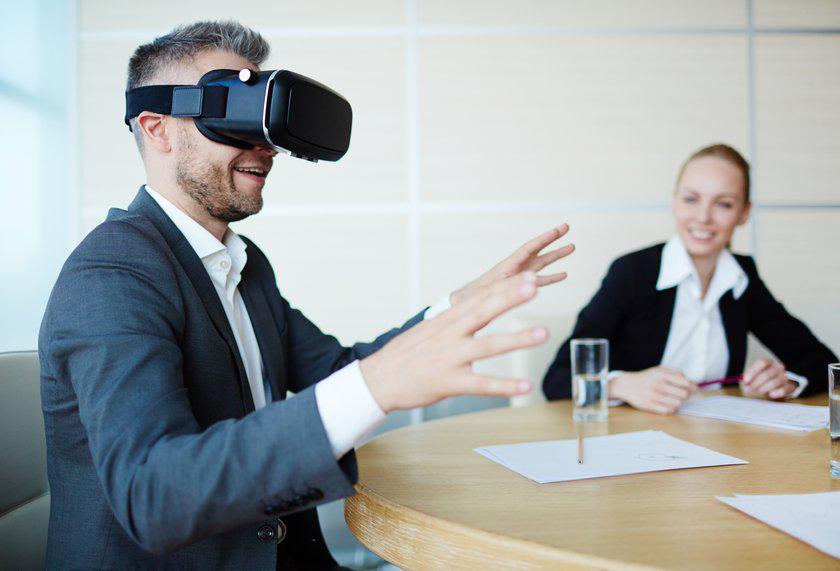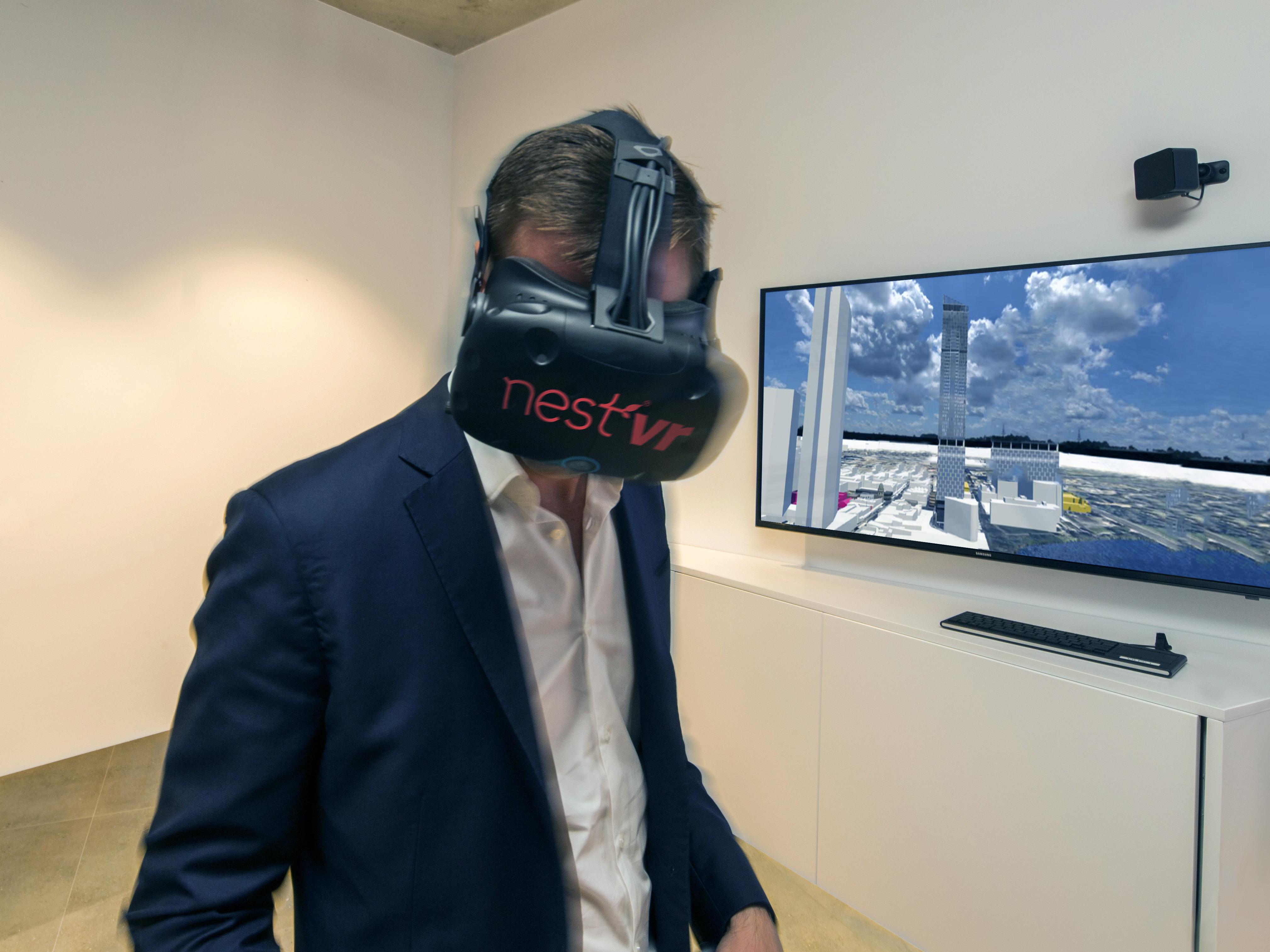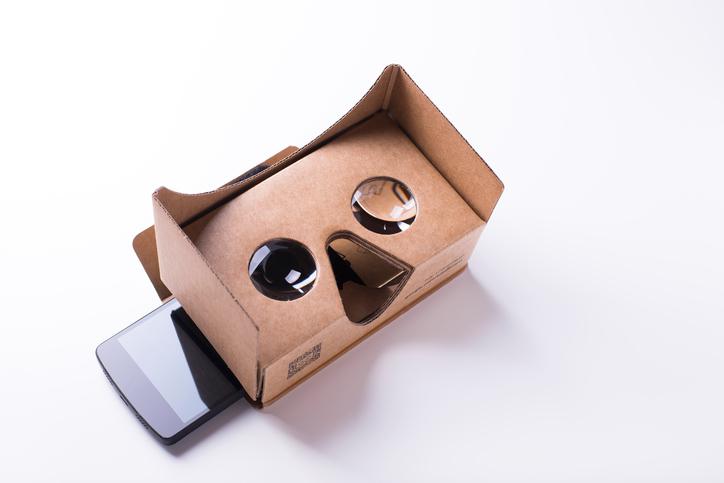For most developers, at the top of the marketing agenda is the display apartment. However, with technology continuously making great strides in the development world and a number of other industries, some believe that certain practices should go the way of the dodo.
This sentiment is expressed no more so than by Jason Salter, Head of Real VR, who says virtual reality (VR) has the potential to condemn display apartments to the past. According to Salter, the age-old display apartment is now a costly, time-consuming exercise that eats into profits and compromises a site’s yield, and is an exercise that’s no longer even necessary.

Jason Salter“When you consider that the cost of a typical display apartment extends into the hundreds of thousands, it makes sense for developers to reduce or eliminate this cost where possible. VR makes it possible,” Salter said.
He said for a fraction of the cost of building and furnishing a display apartment, VR can develop authentic virtual reality property experiences enabling developers to take their projects to a limitless global audience of potential buyers.
“Put simply, display apartments have significant natural limitations and cost so much more to build. The display apartment strategy may have made sense previously, but today they no longer justify their expense.
The cost of display apartments does not end with construction. Developers then need to re-dip into the marketing budget in order to coax potential buyers to visit.
It’s no wonder sales agents are so enthusiastic – often uncomfortably so – when potential buyers find time in their schedules to actually show up.
“Display apartments are invasive. Agents look over your shoulder, creating a high pressure sales environment that often proves counterproductive and can ultimately put you off. Besides, buyers are only physically able to visit so many display apartments when they go house-hunting,” Salter said.

Still, the cost burden does not end there. When a project marketing campaign wraps up the display apartment is invariably sold at a reduced price, exacerbating the cost burden of this strategy.
“Developers are also stuck with whatever they build. Their project may enable buyers to select their preferred colours, appliances and even room designs. But when they visit a display apartment, they’ll need to use their imagination to picture the styles they’re actually interested in,” Salter said.
“One of the key advantages of VR is that it provides a fluid experience. The VR experience can be re-shaped to ensure that what potential customers are after is delivered – authentically."
A shared sentiment
Transmedia Group CSO Mark Edwards is a kindred spirit, having stated that the use of VR "will radically shift how we think and work in the industry."Edwards and Transmedia Group recently became part of a joint venture with Brand and communications agency Frost*collective to create 'NestVR', a platform in which immersive VR technology is introduced early in client relationships, transforming the way architects and developers execute and manage complex building projects to market.
“Real-time VR is far more powerful because of its ability to transport a person into a different physical moment,” Edwards said.
“I liken it to crossing a boundary. You move from one state of presence to another.”
Their process of the VR build streamlines the visualisation and specification process, enabling the technology to be used in the early design stages of a project before passing the benefits on to stakeholders involved in the next phase, such as developers.

There are also significant benefits that immersive real-time VR brings to developers and property marketers whose use of VR to trigger sales interest currently relies on standard 360 degree static, non-interactive virtual tours.
Frost points out that NestVR is a direct response to the consumer pressure points experienced during the property acquisition cycle.
“For a buyer to understand everything about their environment including panoramas from each floor before purchase, is a powerful selling tool," Frost*collective CEO Vince Frost said.
“This technology offers prospective buyers an engagement experience that can be used at critical points along the customer journey. This is a major win for the consumer and a developer’s dream. VR closes the gap between creator and participant in a way that goes beyond our notions of interpretation or understanding."For Salter, all you need to take a virtual tour of a property is a smartphone, a headset and the Real VR App. Though more and more VR headset models are hitting the market, Google Cardboard can also facilitate the VR experience for interested buyers.

Developers can send branded headsets to their target market anywhere in the world and forget trying to lure them to visit a display apartment – something overseas buyers are clearly unable to do.
“The market for real estate is global. Limiting a sales campaign to those able to visit a display apartment unnecessarily narrows a developer’s buyer pool. VR exponentially broadens the marketing reach, communicates the property in an authentic, sensory way, for less than half the cost of building a display apartment."













